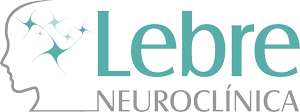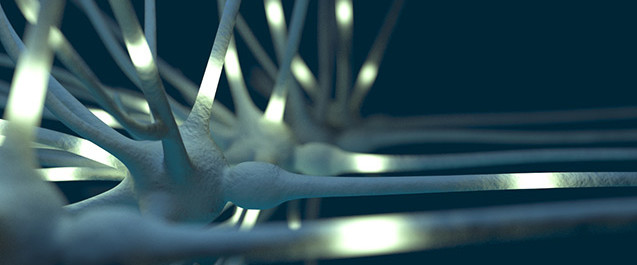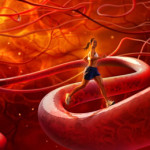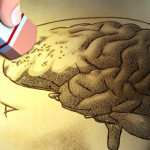Atualidades em Neurociências
Novas Terapêuticas/ Avanços em Neurociências
Neural Regen Res. 2015 Jul; 10(7): 1018–1022.
doi: 10.4103/1673-5374.160094
PMCID: PMC4541217
The treatment of Parkinson’s disease with deep brain stimulation: current issues
Alexia-Sabine Moldovan, Stefan Jun Groiss, Saskia Elben, Martin Südmeyer, Alfons Schnitzler, and Lars Wojtecki, M.D.*
Abstract
Deep brain stimulation has become a well-established symptomatic treatment for Parkinson’s disease during the last 25 years. Besides improving motor symptoms and long-term motor complications, positive effects on patients’ mobility, activities of daily living, emotional well-being and health-related quality of life have been recognized. Apart from that, numerous clinical trials analyzed effects on non-motor symptoms and side effects of deep brain stimulation. Several technical issues and stimulation paradigms have been and are still being developed to optimize the therapeutic effects, minimize the side effects and facilitate handling. This review summarizes current therapeutic issues, i.e., patient and target selection, surgical procedure and programming paradigms. In addition it focuses on neuropsychological effects and side effects of deep brain stimulation.
Keywords: Parkinson’s disease, deep brain stimulation, subthalamic nucleus
Parkinsonism & Related Disorders
Parkinsonism Relat Disord. 2016 Jan; 22(Suppl 1): S123–S126.
doi: 10.1016/j.parkreldis.2015.09.028
PMCID: PMC4671979
Adaptive deep brain stimulation in Parkinson’s disease
M. Beudela and P. Brownb,c,∗
Abstract
Although Deep Brain Stimulation (DBS) is an established treatment for Parkinson’s disease (PD), there are still limitations in terms of effectivity, side-effects and battery consumption. One of the reasons for this may be that not only pathological but also physiological neural activity can be suppressed whilst stimulating. For this reason, adaptive DBS (aDBS), where stimulation is applied according to the level of pathological activity, might be advantageous. Initial studies of aDBS demonstrate effectiveness in PD, but there are still many questions to be answered before aDBS can be applied clinically. Here we discuss the feedback signals and stimulation algorithms involved in adaptive stimulation in PD and sketch a potential road-map towards clinical application.
Keywords: Deep brain stimulation, Parkinson’s disease, Brain-computer interface
Comentário
A Estimulação cerebral profunda, conhecida como DBS – “Deep Brain Stimulation consiste em colocar um micro eletrodo ( comparado ao marca passo do coração) no cérebro gerando um potencial de ação, melhorando os sintomas da doença neurológica.
Em 1987 começou ser utilizado para tratar tremor e em 1993 começou a se utilizar na Doença de Parkinson – implanta-se o eletrodo, geralmente no núcleo sub talâmico – na substancia branca profunda. Nos dias atuais esta é a melhor forma de tratar a fase mais avançada da Doença de Parkinson na qual os medicamentos não são mais eficazes. A novidade, segundo o artigo acima citado é que estão pesquisando eletrodos nos quais os impulsos são gerados de acordo com a necessidade fisiológica e não continuamente com os convencionais. Será um avanço, buscando minimizar os efeitos colaterais da estimulação continua, mas ainda está em estudo, não aplicado na rotina clínica.



